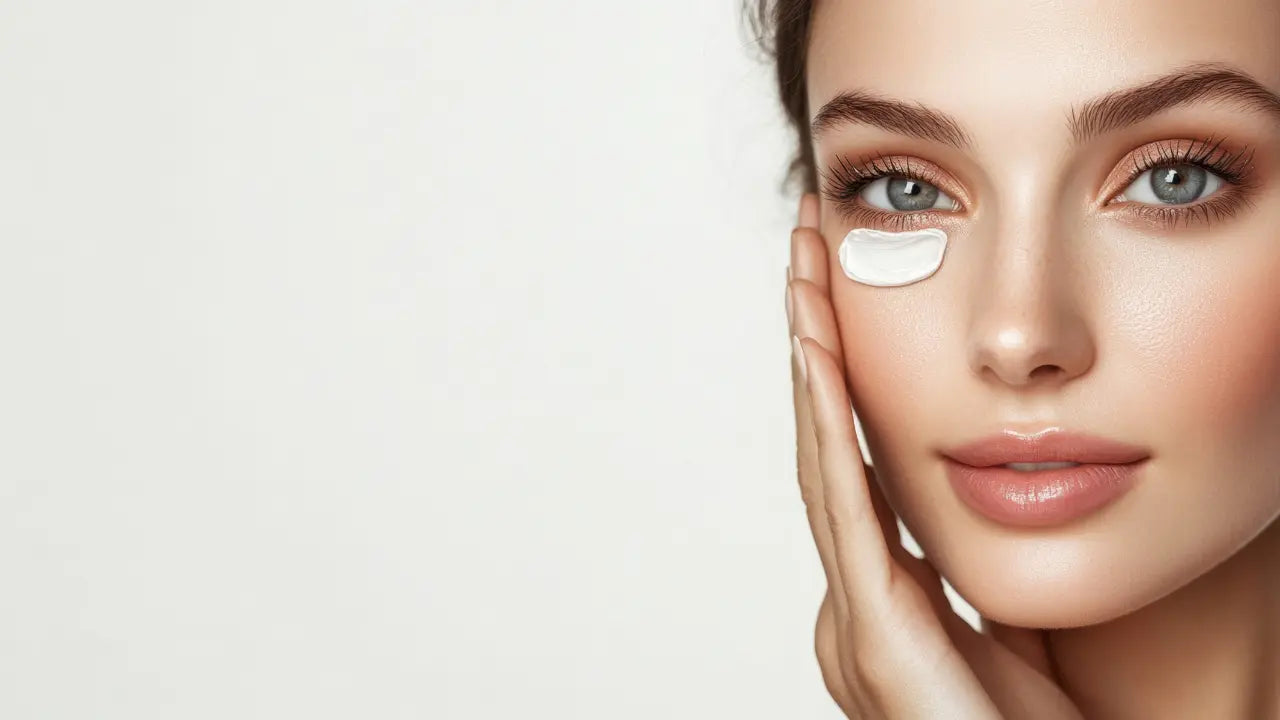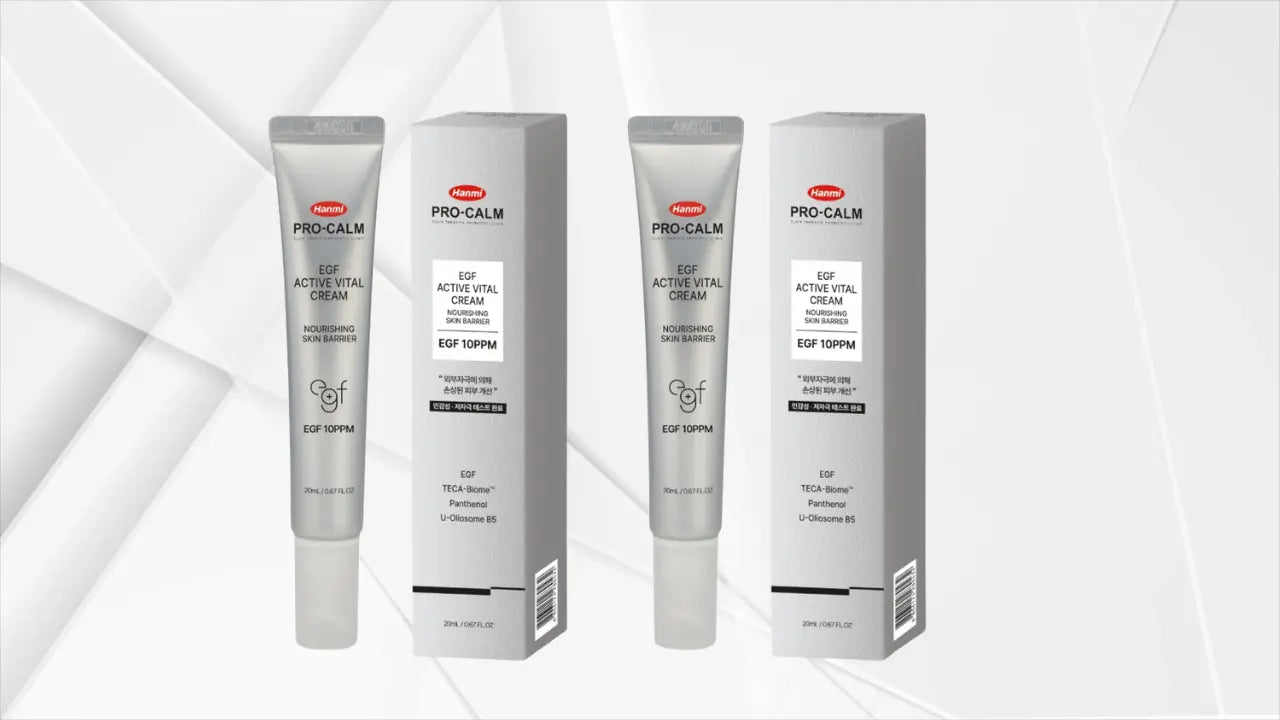Neck firming cream is the search you make when the skin below your jaw starts to look a little looser, a little drier, and a lot more noticeable on video calls. In this guide I explain what a neck firming cream can genuinely do, where topicals meet their limits, and how I build a routine that supports the neck and décolletage in real life—winter heating, summer humidity, office AC, and everything in between.
What a neck firming cream can and can’t do
The honest promise of a neck firming cream is smoother texture, better hydration, and a more refined look over time when you use ingredients that are supported by evidence. Dermatology sources point to retinoids as the most proven topical class for photoaging, which includes the etched horizontal lines and uneven texture many of us notice first on the neck. Retinoids aren’t magic, but with a gentle cadence and a moisturizer-heavy routine, they can gradually soften the look of fine lines and improve surface evenness. PubMed
The limits matter just as much. True skin laxity, prominent platysmal bands, and a pronounced “turkey neck” appearance are largely structural issues. Creams can make the skin overlying those structures look healthier and more supple, but they won’t cinch loose tissue. When firmness is the main concern, dermatology organizations describe device-based tightening and surgical options for significant laxity, with topicals playing a supportive role before and after treatment. Америкийн арьс судлалын академи
Daytime protection is the quiet workhorse in this story. Ultraviolet light is a primary driver of neck and chest aging, and consistent sunscreen is one of the few daily steps shown to slow photoaging itself. Regulators reinforce that broad-spectrum SPF, used as directed, helps reduce the risk of early skin aging from the sun in addition to preventing sunburn. In practice that means bringing your SPF down to the collarbones and reapplying when you’ll be outside, not just saving it for beach days. U.S. Food and Drug Administration
Key ingredients in neck firming creams and how they work
A good neck formula reads like a supportive cast rather than a single star. Retinoids encourage a more even surface over months; alpha hydroxy acids gently nudge dull, finely crepey skin toward a smoother feel; peptides and niacinamide round out the base with signals and barrier support; and humectants pull in water so everything looks more elastic. Reviews of topical photoaging treatments keep placing retinoids at the top for results, with irritation management being the make-or-break detail that decides whether you stick with them. PubMed
When texture is your first complaint, AHAs such as glycolic or lactic acid can be helpful on the neck a few nights a week. A recent review concludes that AHAs support rejuvenation by promoting exfoliation and stimulating collagen and elastin, which translates to a smoother look when used consistently and carefully. I notice that low-to-mid strengths feel most forgiving on the neck; the skin there tells you quickly when you overdo it, so I favor shorter contact or rinse-off formats if I’m stacking with other actives. PMC
Peptides deserve space in the conversation, not because they “lift,” but because certain signal peptides have been tested for wrinkle appearance and texture. A double-blind randomized trial on crow’s feet found that specific peptide creams improved measured wrinkle metrics over several weeks, which tracks with what I see anecdotally when readers pair peptides with steady hydration and sun protection. On the neck, that looks like a silkier surface and makeup that settles less into horizontal lines on scarf-free days. PubMed
Niacinamide shows up in many neck formulas for good reasons: it’s generally well tolerated, it helps with barrier function, and it can brighten uneven tone on the chest. I reach for it when my skin feels fussy, because it plays nicely with retinoids and AHAs when introduced slowly. When I want a light, flexible layer under cream without stickiness, a collagen-peptide serum for crepey texture such as the BIODANCE Pore Perfecting Collagen Peptide Serum sits comfortably on the neck without grabbing at fabrics.
Retinoids and AHAs for photoaging and texture
If you’ve never used retinoids on the neck, the same rules apply here as on the face—tiny amounts, dry skin, and patience. Dermatology guidance emphasizes starting slowly and using moisturizer to buffer, which matters even more below the jaw where fabrics can amplify rubbing. I alternate retinoid nights with AHA or plain moisturizer nights so the area stays comfortable while results build in the background. Америкийн арьс судлалын академи
Peptides, niacinamide and antioxidants for support
Peptides and niacinamide aren’t adrenaline shots; they’re habit helpers. They support a calmer barrier so you can keep the rest of the plan steady, and over time that steadiness is what shows up in the mirror. Antioxidants, including vitamin C, also earn their keep on the chest, which sees direct sun in warm weather and reflected light year-round. I use them in the morning, then lean on richer creams at night to seal everything in.
Types and how to choose for neck & décolletage
Texture should guide your choice as much as the label does. If your neck looks finely crinkled by late afternoon, prioritize humectants and flexible emollients that leave a soft sheen rather than a heavy wax. In that lane, a niacinamide collagen jelly cream like the medicube Collagen Jelly Cream tends to plump the look of faint lines and makes turtlenecks glide instead of tug.
If heat or central air leaves your chest looking parched, reach for a rich cream for neck and décolletage such as d’Alba White Truffle All In One Double Cream. I use it as the final step over actives on cool nights, and as the only step on recovery nights when I want comfort more than anything else. The emollient finish also helps necklaces sit smoothly instead of catching on dry patches.
Sensitive or reactive skin
Eyelids get the headlines for sensitivity, but the neck is right behind them. Fragrance and certain essential oils can be sneaky culprits when red patches show up along the collar line, and clothing friction magnifies the sting. On weeks when my skin throws a tantrum, a centella-rich barrier cream like Centellian24 Madeca Cream Hydra 3X settles things down so I can return to actives later. If you’re patch-prone, stick to fragrance-free formulas and test first on a small area low on the neck.
Crepey texture vs true laxity (aka “tech neck”)
Horizontal “tech neck” lines and crepey, parchmented texture usually respond best to hydration, gentle AHAs, and retinoids. True laxity—the soft slide of tissue or stronger vertical bands—responds poorly to jars alone. Dermatology groups outline energy-based and minimally invasive options for substantial laxity on the neck; I think of creams as the daily maintenance that keeps the canvas supple while you decide whether procedures fit your goals. Америкийн арьс судлалын академи
Who it’s for (and when to consider procedures)
Neck firming cream is a smart move if you see early crepiness, fine horizontal lines, or patchy tone across the chest. If your concealer or SPF collects in the necklace lines, a humectant-heavy approach and consistent sunscreen will likely make the most obvious difference in a month or two. Cleveland Clinic’s guidance echoes that focus, suggesting sunscreen daily and a retinoid or topical antioxidant when you want to be proactive about neck wrinkles. That advice matches what I’ve seen play out in cooler months when routine consistency is easier. Cleveland Clinic
If your concern is prominent banding or sagging that folds over collars, you may be looking at issues better served by devices or surgery. Ultrasound, radiofrequency, and combinations of energy-based treatments are commonly used by dermatologists for neck tightening, and surgical neck lift remains the durable option for substantial change. A cream cannot replicate those effects, but it can improve the way the skin looks and feels while you weigh those paths, and it will help maintain results afterward. Америкийн арьс судлалын академи
How to use and routine pairings safely
My comfortable cadence starts in the evening on completely dry skin. I apply a pea-sized amount of active—retinoid or AHA, not both—to the neck and upper chest, stopping short of the collar edges where fabrics rub. Dermatology guidance for retinoids is simple and effective: start slowly, use a moisturizer, and increase frequency only as your skin stays calm. On the neck I keep that buffer generous, following with a ceramide moisturizer to lock everything in like AESTURA ATOBARRIER365 Cream so the area doesn’t feel tight by morning. Америкийн арьс судлалын академи
On nights dedicated to vitamin A, a gentle vitamin A cream for neck lines such as Dr.Vita Daycell Vitamin A Cream gives me that slow, steady improvement without the brittle feel I sometimes get from stronger formulas. When I switch to AHA nights, I keep it light and skip the retinoid completely; a low-to-moderate strength used once or twice a week is enough to keep texture moving in the right direction on my skin. Recent reviews support that approach, noting AHAs can enhance rejuvenation by promoting exfoliation and collagen with regular, mindful use. PMC
Mornings are for protection and brightness, not heavy actives. I apply antioxidant serum to the chest if I’m wearing an open neckline, then paint a generous layer of broad-spectrum SPF from jaw to collarbones. The U.S. FDA reiterates that sunscreen used as directed helps reduce the risk of early skin aging from the sun, which applies to commutes and café patios as much as it does to beach vacations. The days I remember to reapply before a lunchtime walk are the days my chest doesn’t pick up new freckling in spring. U.S. Food and Drug Administration
AM vs PM, layering and climate tweaks
In dry or heated environments, I like a thin hydrating layer under actives, then a richer cream on top to slow water loss. On humid days, I flip that script and use the lightest textures that still feel comforting, saving the balmier creams for bedtime. When sweaters and collars are in play, I keep product just shy of the fabric line to avoid friction that can undo a calm routine.
Combinations to separate and daily SPF
I avoid stacking strong acids and retinoids on the same night and skip applying actives right where necklaces sit. If redness shows up, I drop back to moisturizer-only nights until the area feels neutral again. The one step that never drops is sunscreen. It does more for long-term smoothness on the neck and chest than any single ingredient because it slows the very process we are trying to minimize—photoaging itself. U.S. Food and Drug Administration
Comparisons & narrative FAQs
Do neck firming creams really tighten skin? In my experience they don’t cinch loose tissue, but they do make the surface look smoother, more hydrated, and a touch more resilient when you use retinoids, AHAs, peptides, and sunscreen consistently. Retinoids have the strongest evidence for photoaging; AHAs help texture; peptides can support visible wrinkle improvement; and sunscreen keeps new damage from outpacing your efforts. Taken together, those changes read as firmer even if no cream is pulling skin upward. U.S. Food and Drug Administration+3PubMed+3PMC+3
What about “tech neck” lines from screens? Those horizontal indents are usually a mix of movement and thinning skin. Topicals may soften their look, but real lifting of lax tissue tends to come from devices or surgery performed by a professional. If those lines bother you, keep the routine gentle, moisturize more than you think you need, and talk to a dermatologist about device options when you want a bigger change. Америкийн арьс судлалын академи
Should I buy a face cream or a dedicated neck cream? Texture and tolerability matter more than a label. If you already own a moisturizer you love, you can absolutely use it on the neck and chest, then add a retinoid or AHA step a few nights a week. Dedicated neck creams can be nice if they bundle peptides, humectants, and emollients in a single jar with a glide that suits fabrics.
Is there a “right age” to start? There isn’t a magic number. I usually notice neck changes earlier on people who spend time outdoors without sunscreen or who have drier skin types. Cleveland Clinic’s advice is evergreen: daily SPF down the neck, with a retinoid or antioxidant if you’re motivated, and patience for results. Cleveland Clinic
Can I use body lotions on the neck? Many fragrance-free body creams work beautifully as the top layer at night, especially in winter. If you add actives underneath, keep the total routine simple so you can track what’s helping and what’s not. When in doubt, pare back and rebuild slowly.
A neck firming cream won’t perform a lift, but it can make the neck and décolletage look smoother, softer, and more supported when you pair the right ingredients with daily sunscreen. Retinoids and AHAs handle texture and fine lines over time, peptides and niacinamide keep the barrier happier, and moisturizers lock in comfort so you can stay consistent. If laxity is your main concern, think of creams as helpful maintenance while you explore professional options—and let a realistic, steady routine carry most of the load.




